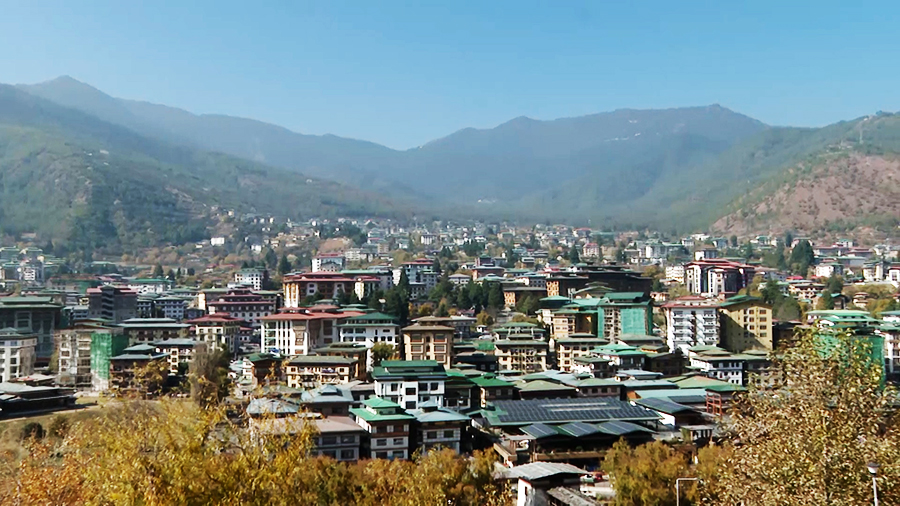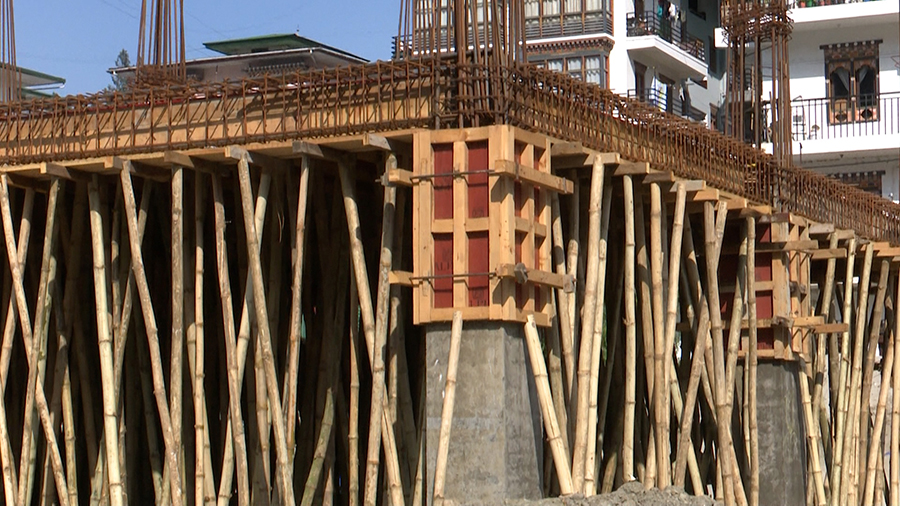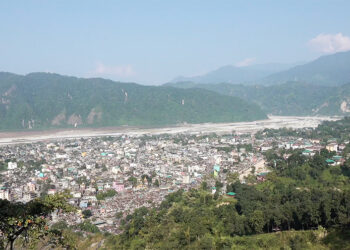
The recent Tibet earthquake with its tremors felt across the Himalayas was a cause for alarm for Bhutan. While the quake had only triggered an avalanche in Lunana, the Department of Geology and Mines emphasises that adhering to earthquake-resilient building codes is crucial for withstanding future seismic shocks in major towns.
The earthquake-resilient building codes are systematically implemented in Bhutan for now.
 Some of the key features of Bhutan’s earthquake-resilient building codes include deep foundations, shear walls, cross-bracing, and the use of ductile materials like steel, all designed to mitigate the impact of earthquakes.
Some of the key features of Bhutan’s earthquake-resilient building codes include deep foundations, shear walls, cross-bracing, and the use of ductile materials like steel, all designed to mitigate the impact of earthquakes.
“In Bhutan, currently, Bhutanese designers adopt building codes from India and they fall under Zone Five. And in Zone Five, we use 0.36 g which is way above what we currently felt. So at that scale, I think we are safe. Actually, Zone Five is for the highest-risk area. So we are pretty safe. And all the modern buildings are supposed to follow this code,” said Phuntsho Namgyal, director of the Department of Geology and Mines.
 He added that preparing in terms of evacuation routes and coordination is even more important.
He added that preparing in terms of evacuation routes and coordination is even more important.
The aftermath of earthquakes often brings a cascade of other natural calamities, such as avalanches, landslides, tsunamis, floods, and even volcanic eruptions. This he added shows the need for Bhutan to adopt a holistic approach to disaster management.
“When we say seismic-resilient or earthquake-resilient construction, it does not mean earthquake-proof. Resilient, in the sense, you know, the buildings can actually withstand with a certain degree of flexibility. You know, even if there’s a crack, the structural members like beams and columns will not give way immediately. People will have adequate time to actually move to a safe place. So that kind of failure, a slow failure, is because of all these design components being incorporated,” added DGM’s director.
Bhutan last experienced a major earthquake in September 2009 where 13 lives were lost and many properties were damaged by a 6.1 magnitude quake. The worst hit was Na-Rang Gewog in Monggar where at least five people were killed and over 200 structures were damaged.
As memories of earthquakes tend to fade after a single incident, the recent Tibet earthquake serves as a crucial reminder of the need for ongoing vigilance and proactive planning.
Samten Dolkar
Edited by Kipchu









